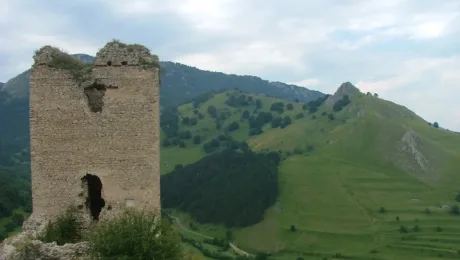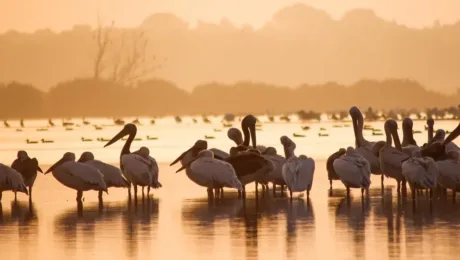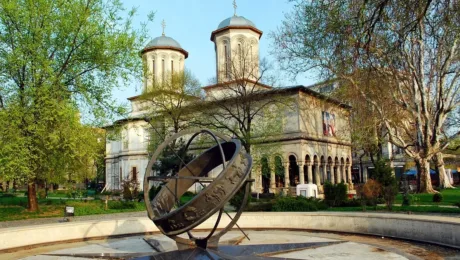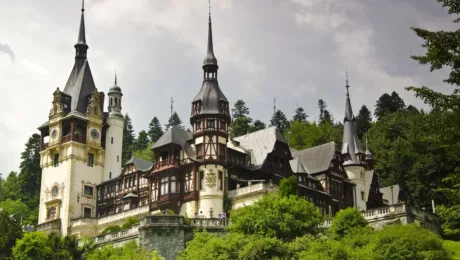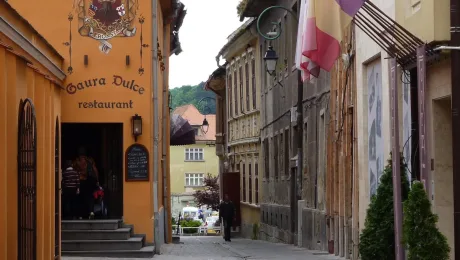Explore Transylvania in Romania
Saturday, 21 October 2023
by Our Local Tour
- Published in Country - Place to See
Danube Delta
Saturday, 21 October 2023
by Our Local Tour
- Published in Country - Place to See
Bucharest
Saturday, 21 October 2023
by Our Local Tour
- Published in Country - Place to See
Peles Castle
Saturday, 21 October 2023
by Our Local Tour
- Published in Country - Place to See
Why visit Romania?
Tuesday, 14 March 2023
by Our Local Tour
Thinking of Visiting Romania? Here’s Why You Should! Forget any preconceptions about Eastern Europe. If someone asks you, Why visit Romania?, the answer is simple: this country is a hidden gem waiting to be explored. Nestled in the heart of Eastern Europe, Romania offers a unique blend of ancient history, stunning natural landscapes, and rich
- Published in Travel Blog
Romania
Tuesday, 07 March 2023
by Our Local Tour
- Published in Country

